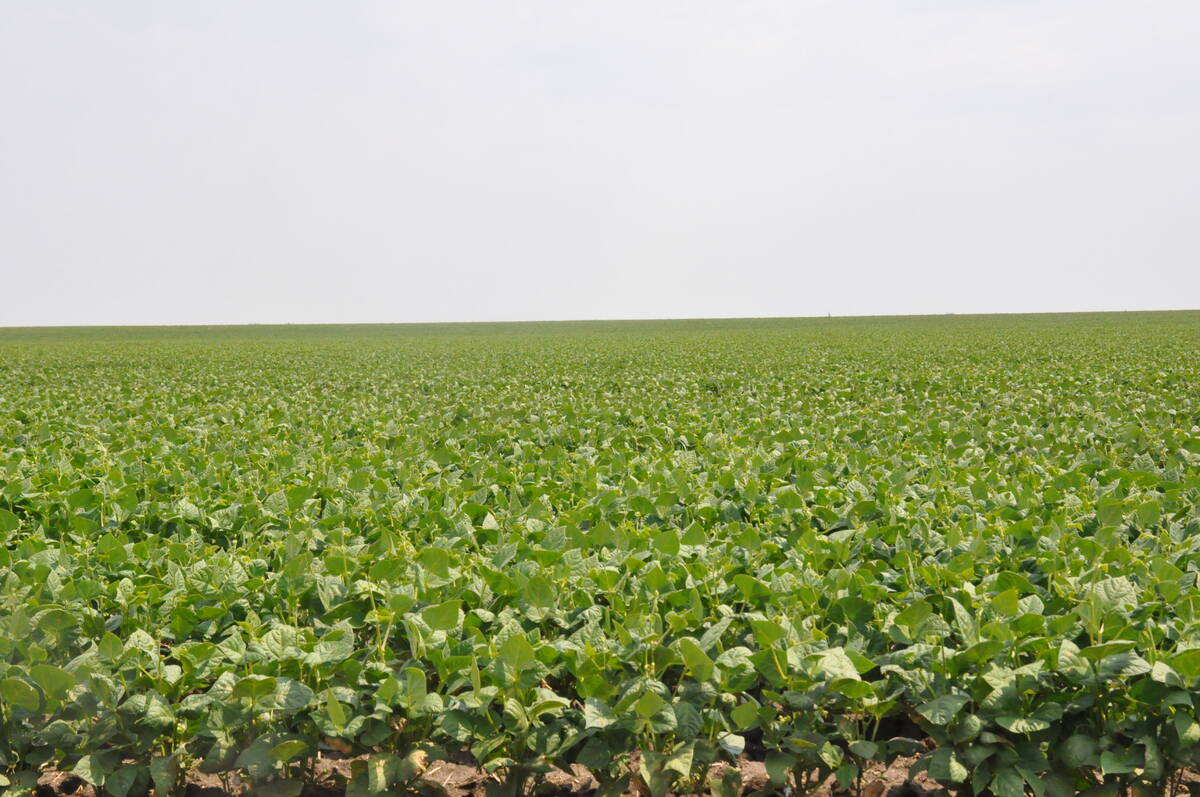WINNIPEG – Increased awareness of the impending need for farm
succession planning will hit a dead end without a national institute in
place to centre, support and co-ordinate the journey, participants
heard at a national family farm succession conference held here May
9-11.
“There’s no use raising awareness and highlighting the issue if we
can’t provide opportunities to follow through,” said Andrew Errington,
professor of rural development at the University of Plymouth in Great
Britain
Read Also

Coloured bean production down, whites are up
Bean prices have been slumping and the outlook is for more of the same.
“The challenge is to keep that chuck wagon rolling,” he said, referring
often to the image of one generation gradually handing over the farm
one rein at a time.
The average farm succession takes two to five years, during which time
families and their businesses need various types of support, he said.
The baby boomers are aging and within a decade, there will be a large
intergenerational transfer of farms around the world.
Errington’s research has shown that in France, farmers tend to hand
over the reins earlier than those in Britain, largely due to retirement
schemes in place for French farmers around age 50.
Canadian farm succession strategies aren’t as well developed as they
are in other parts of the world, and could draw on ideas from other
programs.
Douglas Jack, an agricultural lawyer who sat on a national advisory
committee on farm succession, said the conference has shown it is time
to move ahead with succession programs.
Two years ago, the Canadian Farm Business Management Council started
preparing advisers and farmers for the large numbers of family farm
transfers ahead.
“The challenge is to continue its pivotal leadership role and to take
it to the next level,” Jack said.
He urged the council to lead the way toward a national institute for
agricultural succession.
For the last two years, the council has been helping to create a bank
of information and resources, including a website at farmsuccession.com.
Its latest project, expected this August, is detailed case studies of
farms undergoing transfers.”
Jack suggested the institute could incorporate models like Quebec’s
Centre régional/multiservices d’établissement en agriculture, or
CREA-CMEA, and New England’s Growing New Farmers programs, or GNF.
CREA prepares families in various transfer steps and helps with the
transfer process while promoting teamwork and communication. It uses an
exchange of information from professional advisers but also from
families who have transferred farms.
GNF also offers the support of numerous resources and matches young
farmers with older farmers to help them learn farming and management
skills.
“One of the most significant impediments to succession is the inability
to know who to turn to,” Jack said.
A national centre would also increase professional development for
advisers who help farm families.
Bringing together information and resources would create “a remarkable
text,” Jack said. “Now they are not housed under one place.”
The complexity of farm transfers means a team of experts might be
involved. Errington cautioned that the costs must be in line with the
resources of varying farm operations. Each succession plan and access
to necessary resources must be custom tailored to the individual
family’s needs and resources.
He proposed educating many farmers at once through courses and seminars
and developing facilitators from “trusted advisers” already out there.
He also suggested easy access to information and referral, like New
York’s FarmLink toll free help line.
“We need something to encourage us to seek out advice so we can get on
with the succession plan,” Errington said.
Such programs will need funding from outside the farm and business
sector, he said, citing government policies sensitive to exiting
transfer practices.
He suggested taxation that provides incentives to create and carry out
succession plans.
Declines in extension and government services drive the need to create
other places for farmers to turn to, Errington said.
Farmers can also learn much from others who have already gone through
farm transfers.
“We shouldn’t underestimate how much farm families can help themselves.”














